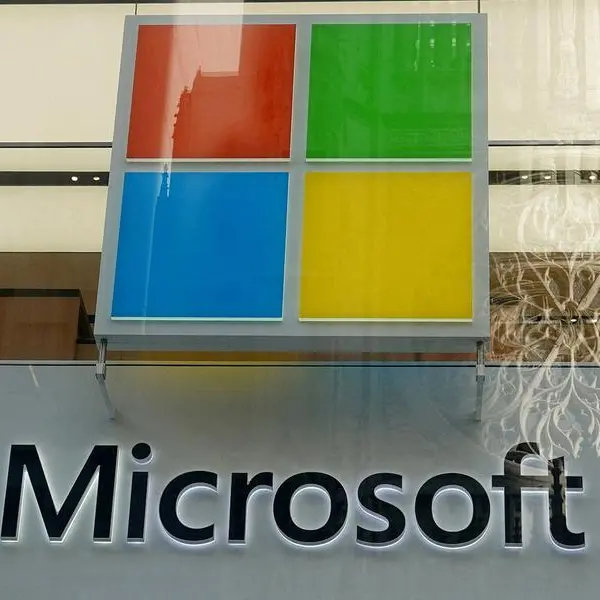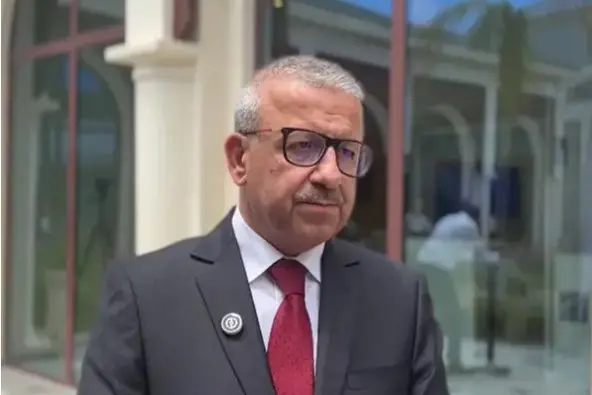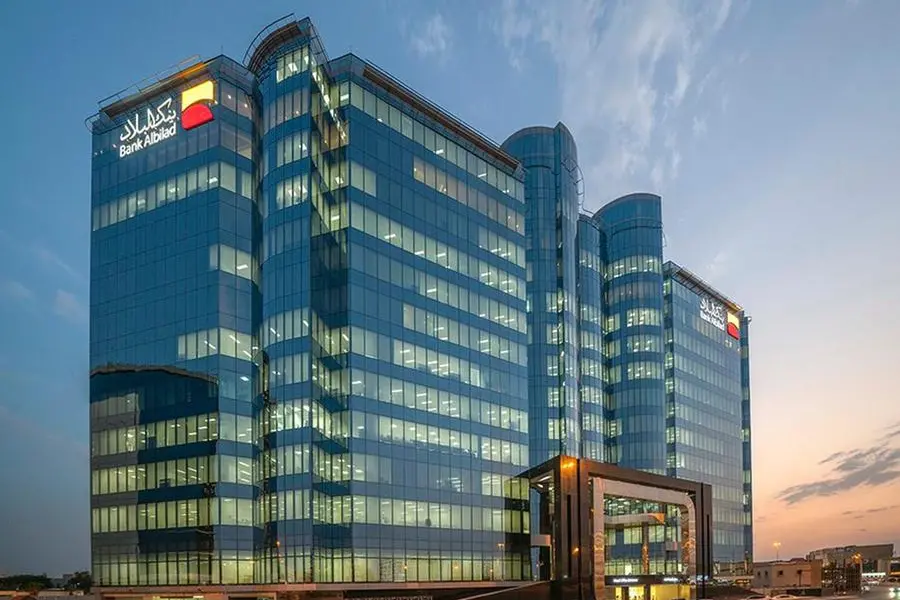PHOTO
Image used for illustrative purpose. Getty Images
Doha, Qatar: Telecommunication companies (telcos) in the Gulf Cooperation Council (GCC) are looking for new ways to expand their businesses as technology firms and diversifying their revenue streams, according to Standard & Poor’s (S&P) Global Ratings report.
“We expect core telecom revenues in domestic GCC markets will grow by 1 percent to 3 percent per year over 2024-2025 for our portfolio of rated GCC telcos. The growth rates of GCC telcos’ international subsidiaries in developing countries with large customer bases and fast-growing populations are higher in local currencies than those in the GCC region,” S&P report stated.
GCC telcos’ geographical diversification and the revenues they generate outside their domestic markets vary significantly, with 69 percent for Ooredoo (Ooredoo; A/Stable/A-1, as of year-end 2023), 52 percent for Bahrain Telecommunications Co. (Beyon; B+/Stable/B), 36 percent for Emirates Telecommunications Group Co. PJSC (e&; AA-/Stable/A-1+), and about 12 percent for Saudi Telecom Co. (stc; A/Stable/A-1).
The international credit rating agency, stated, rated GCC telcos including Beyon, e&, Ooredoo, and stc aim to enhance their techco services and have already expanded their non-telecom businesses over the past few years.
Telcos provide a plethora of non-telecom services, with cybersecurity, cloud services, internet of things, artificial intelligence, and data centers primarily targeting business-to-business (B2B) customers. Fast-growing fintech services are aimed at B2B and business-to-consumer (B2C) customers alike. Fintech offerings capitalize on digitalization trends, tech-savvy young populations in the Middle East, and underbanking in emerging markets.
Rated GCC telcos’ objectives are comparable but the extent of their investments differs. In the fintech space, for example, some launched licensed digital banks, while others only provide e-wallet services. Some rated GCC telcos diversified into adjacent areas, such as media and entertainment or e-gaming. Furthermore, GCC telcos established sizable investment funds to capture investment opportunities, particularly in the tech space.
It further said, GCC governments’ digitalisation and economic development agendas will support digital businesses and boost GCC telcos’ consolidated revenues. “We estimate non-telecom operations currently contribute about 15 percent to 16 percent to rated GCC telcos’ combined revenues. Digital businesses generate higher revenues in the case of more advanced telcos including stc and e& compared with Ooredoo and Beyon.
Considering GCC governments’ strong digitalisation push, we think GCC telcos’ growth rates could be higher than elsewhere since the development of a digital economy will spur e-commerce, fintech, streaming, and gaming. Digitalisation will increase private and public spending in information and communication technology (ICT), which will benefit rated GCC telcos because of their leading market shares and close ties with various governments.
GCC telcos will continue to invest in their networks and 5G, which will fuel the adoption of cloud technologies, big data, storage, and the internet of things.
To enable such developments and improve connectivity, we expect telcos will invest in data centers and subsea cables. For example, Ooredoo and stc plan to invest $1bn each in data centers over the next few years. Even though techcos’ profitability is lower, we expect their cash generation potential is higher than that of telcos.
GCC telcos predominantly develop their fintech services in their domestic markets in the Middle East, where a large expat population extensively uses remittance services. GCC telcos capitalize on the retention of their large customer base to drive growth. For example, e& reported a six-fold increase in remittances in 2023 for its e& money app.
According to Ooredoo, about 42 percent of its post-paid customers in Qatar close to 12 percent of total customers in the country—are active fintech users. In a smaller market, such as the Maldives, these proportions are 28 percent and 6 percent.
The reported user adoption rates are relatively high and hint at telcos’ ability to leverage their existing customer base. Additional growth potential comes from international subsidiaries’ further expansion, especially in emerging markets, where telcos’ fintech services can improve financial inclusion.
© Dar Al Sharq Press, Printing and Distribution. All Rights Reserved. Provided by SyndiGate Media Inc. (Syndigate.info).





















